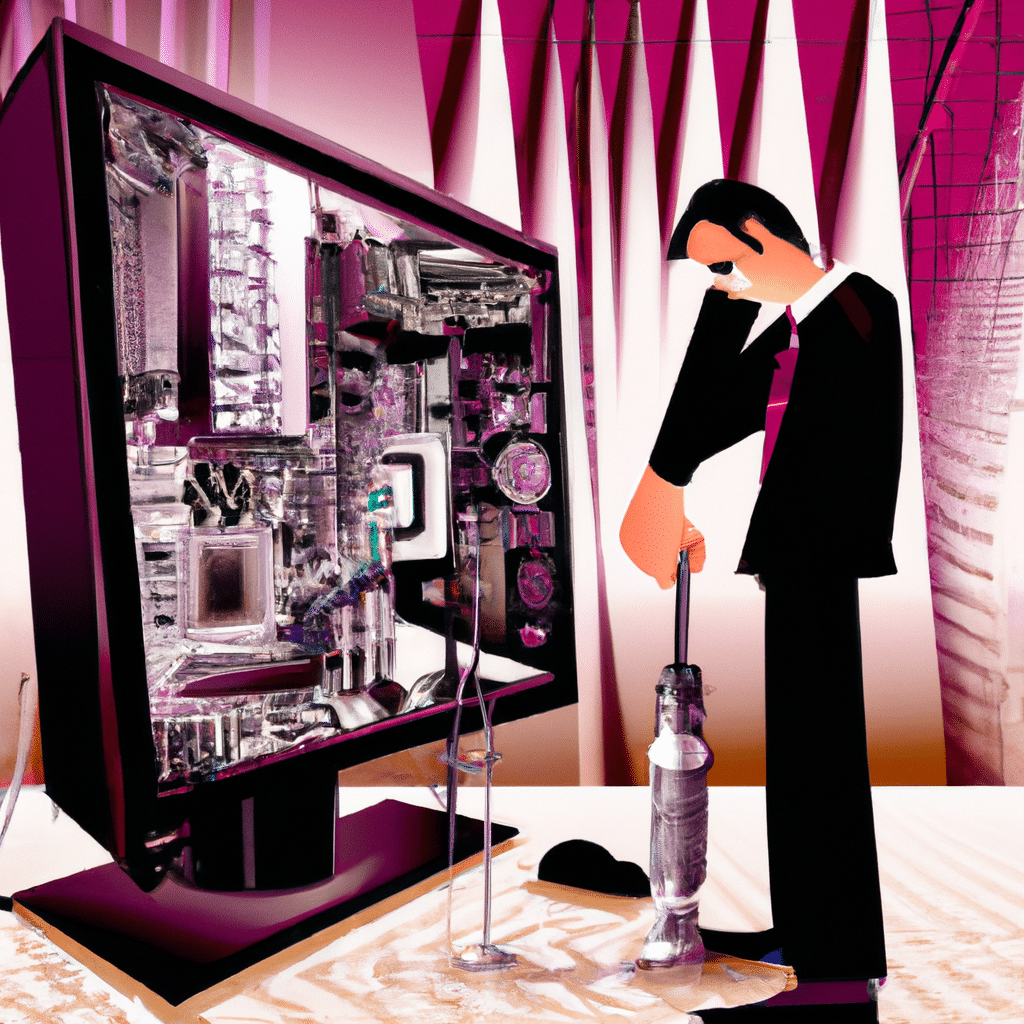When it comes to using a computer, there are few things as frustrating as experiencing display issues. Whether it’s a black screen, graphical glitches, or an inability to run certain programs, these issues are often a sign that something is wrong with your graphics card. Fortunately, there are several steps you can take to fix these issues and get your computer running smoothly again. In this article, we’ll cover some of the most common graphics card display issues and provide step-by-step instructions on how to fix them.

Updating Your Graphics Card Drivers
One of the most common causes of display issues is outdated graphics card drivers. Drivers are the software that allows your computer to communicate with your graphics card, and if they’re outdated or corrupted, your computer may not be able to display images properly. To update your drivers, follow these steps:
- Open the Device Manager by right-clicking the Start menu and selecting Device Manager.
- Expand the Display adapters category, then right-click your graphics card and select Update driver.
- Choose Search automatically for updated driver software and follow the on-screen instructions.
If there’s an update available, Windows will automatically download and install it. If not, you may need to visit the manufacturer’s website to download the latest driver manually.
Adjusting Your Display Settings
If your graphics card drivers are up to date but you’re still experiencing display issues, the next step is to adjust your display settings. Your display settings control things like resolution, refresh rate, and color depth, and changing them can often fix display issues. Here’s how to adjust your display settings:
- Right-click your desktop and select Display settings.
- Under Display resolution, select the recommended resolution for your monitor.
- Under Display orientation, select Landscape (or Portrait, if you’re using a vertical monitor).
- Under Scale and layout, select 100% (or the recommended scaling percentage for your monitor).
- Under Advanced display settings, select the highest available refresh rate and color depth.
If your display issues persist after adjusting your display settings, you may need to try some of the other solutions below.
Checking Your Hardware Connections
Sometimes, display issues can be caused by loose or damaged hardware connections. If your graphics card isn’t properly connected to your motherboard or your monitor’s cables are loose, you may experience display issues. Here’s how to check your hardware connections:
- Power off your computer and unplug it from the wall.
- Open your computer case and locate your graphics card.
- Make sure your graphics card is securely seated in its slot and all power cables are properly connected.
- Check the cables connecting your monitor to your computer and make sure they’re securely connected.
If everything appears to be connected properly, you may need to try some of the other solutions below.
Testing Your Graphics Card
If you’ve tried updating your drivers, adjusting your display settings, and checking your hardware connections, the next step is to test your graphics card to make sure it’s functioning properly. Here’s how to test your graphics card:
- Download a graphics card stress testing program like FurMark.
- Install and run the program, then select your graphics card and click the GPU stress test button.
- Monitor your graphics card’s temperature and performance while the stress test is running.
- If your graphics card’s temperature exceeds its maximum safe operating temperature or if you experience graphical glitches during the stress test, your graphics card may be faulty and need to be replaced.
Conclusion
In conclusion, graphics card display issues can be frustrating, but they’re usually fixable. By updating your drivers, adjusting your display settings, checking your hardware connections, and testing your graphics card, you can get your computer running smoothly again. If you’re still experiencing issues after trying these solutions, you may need to seek professional help or consider replacing your graphics card. Remember to always be careful when working with your computer’s hardware and consult your computer’s manual or a professional if you’re unsure about anything.












